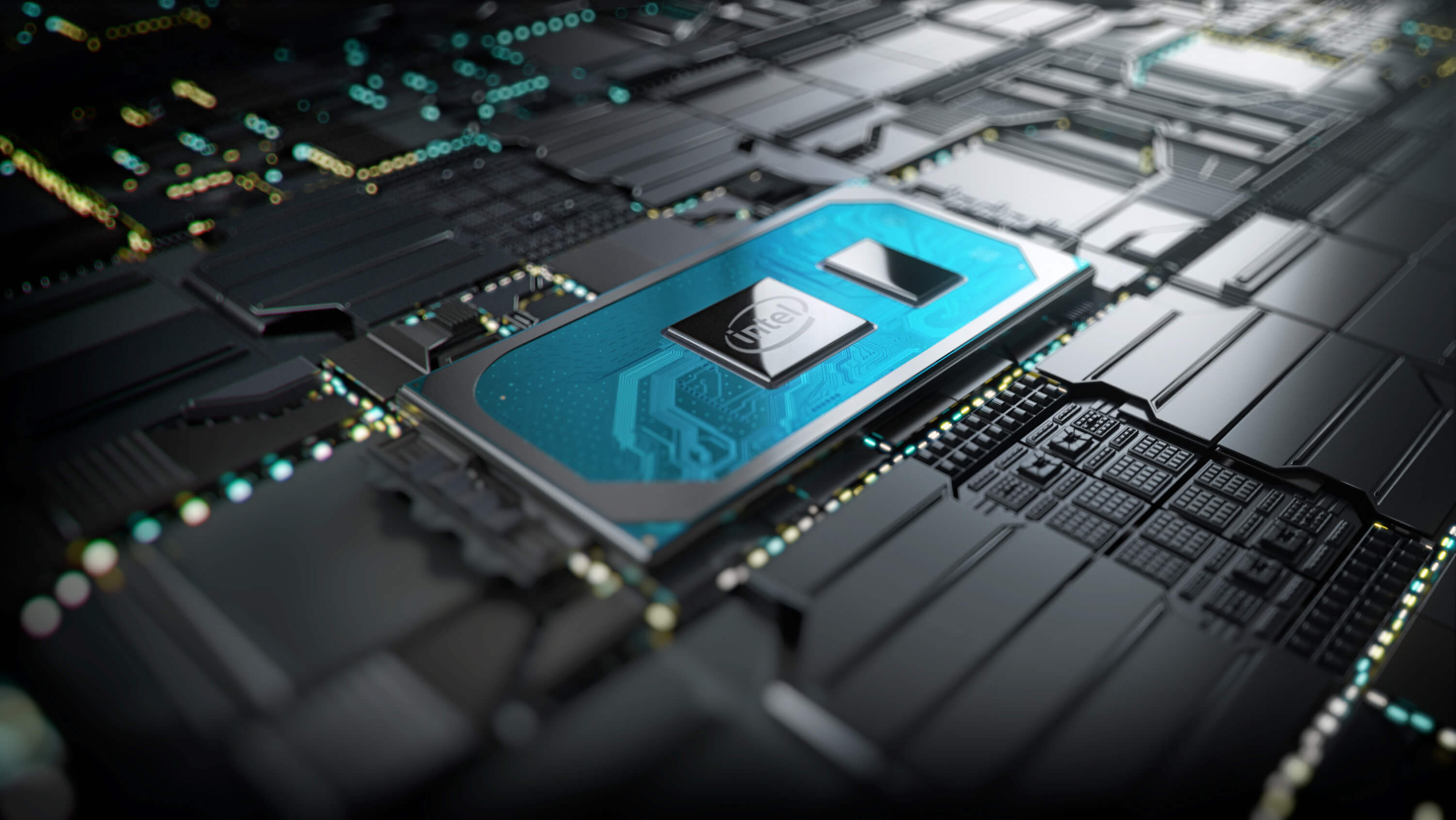Each processor has certain parts that you have to know and understand how they work. So, here you have a tutorial to know the basics.
Processors are somewhat more complex than we think. Not only are they cores, threads, frequency and cache, but each processor has certain parts that are necessary to know.
CPU or processor
In a normal PC, the CPU is a simple microchip, but in servers or quantum PCs, they are usually a set of chips. The 3 main parts of the processor are the following:
Control unit.
Control the input and output devices.
It controls the operations of all parts of the PC, but does not perform any data processing operation.
The arithmetic logic unit (ALU).
Make decisions and mathematical operations.
It has 2 categories:
The Arithmetic Section that performs arithmetic operations, such as addition, subtraction, multiplication and division. All those complex operations are performed using, repeatedly, the previous operations.
And the Logic Section is the one that performs logical operations, such as comparing, selecting, matching or merging data.
>Memory unit.
It is that memory used to store the programming and data of the CPU.
You can store instructions, data or intermediate results. This unit feeds information to other PC units that need it. Its size affects the power, capacity and speed.
Cores or cores
The kernel is a block that is inside the processor and that executes instructions. Definitely, the number of cores indicates how many tasks our PC can perform simultaneously.
That amount of instructions will depend on the program we use. There are programs that only use one core, like others that use up to 8. Obviously, if we use the latter, having more cores will mean a huge performance jump.
Each core operates at a frequency, which can be base or turbo. The basis is the stock frequency, the turbo is a kind of "overclock" that is made to the processor to deliver maximum power.
Threads or threads
Threads are a virtual version of a kernel and its mission is to help the processor better manage its tasks, reducing waiting times. Each core performs a simultaneous task and the threads convince the user and the PC that more things can be done at the same time.

